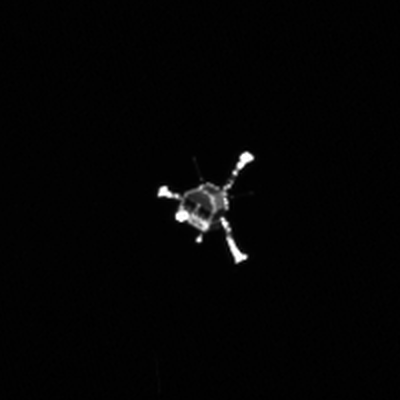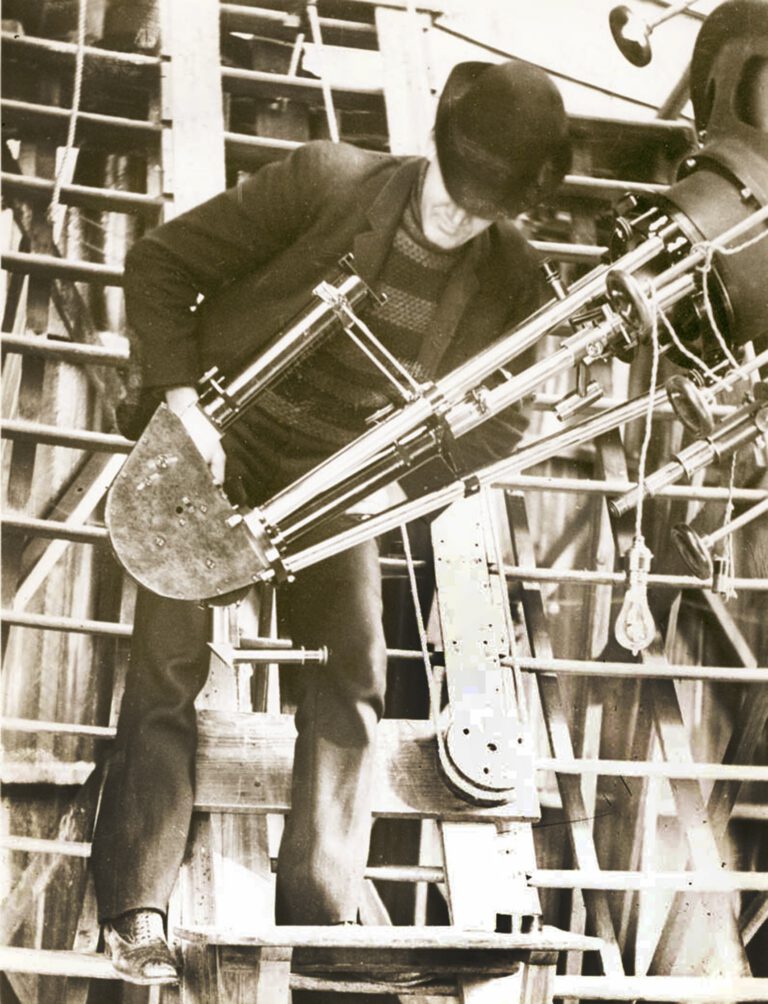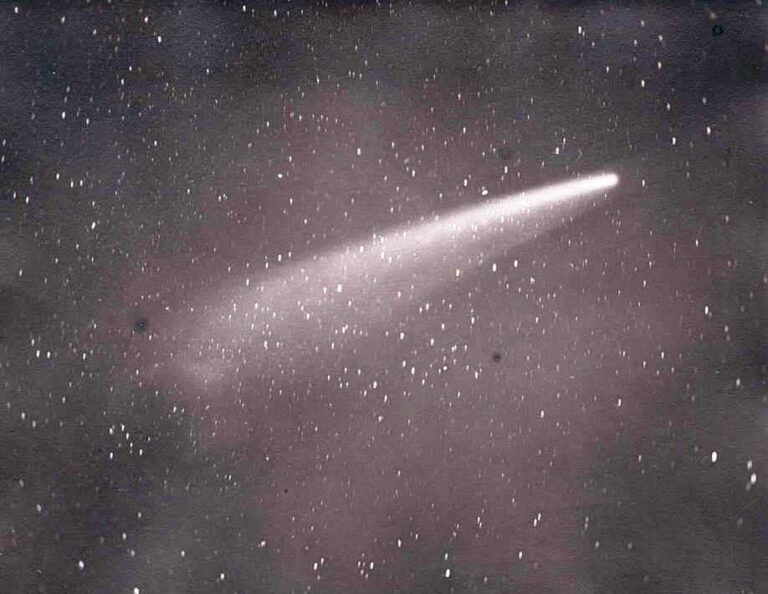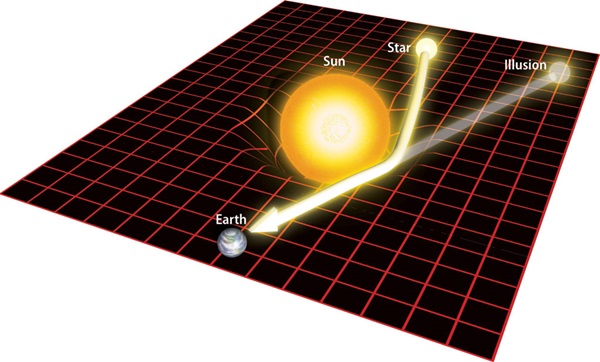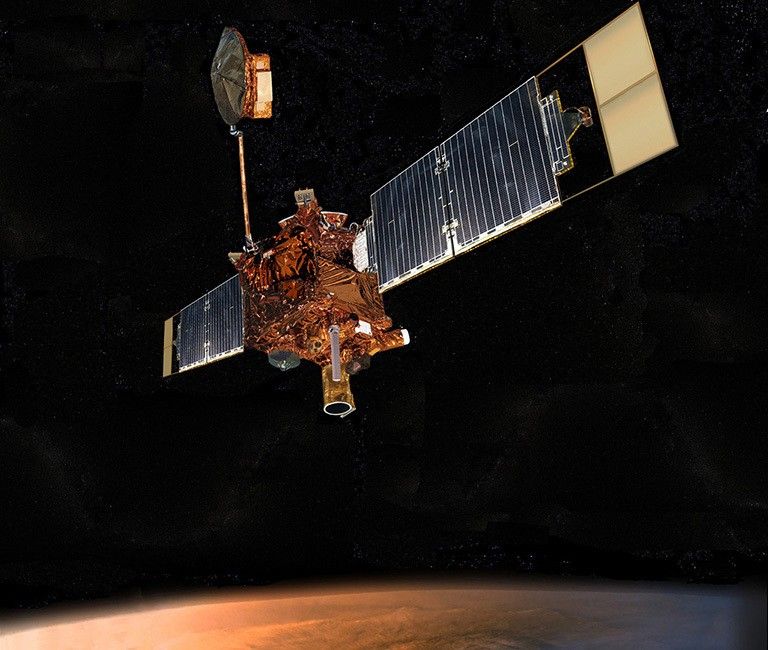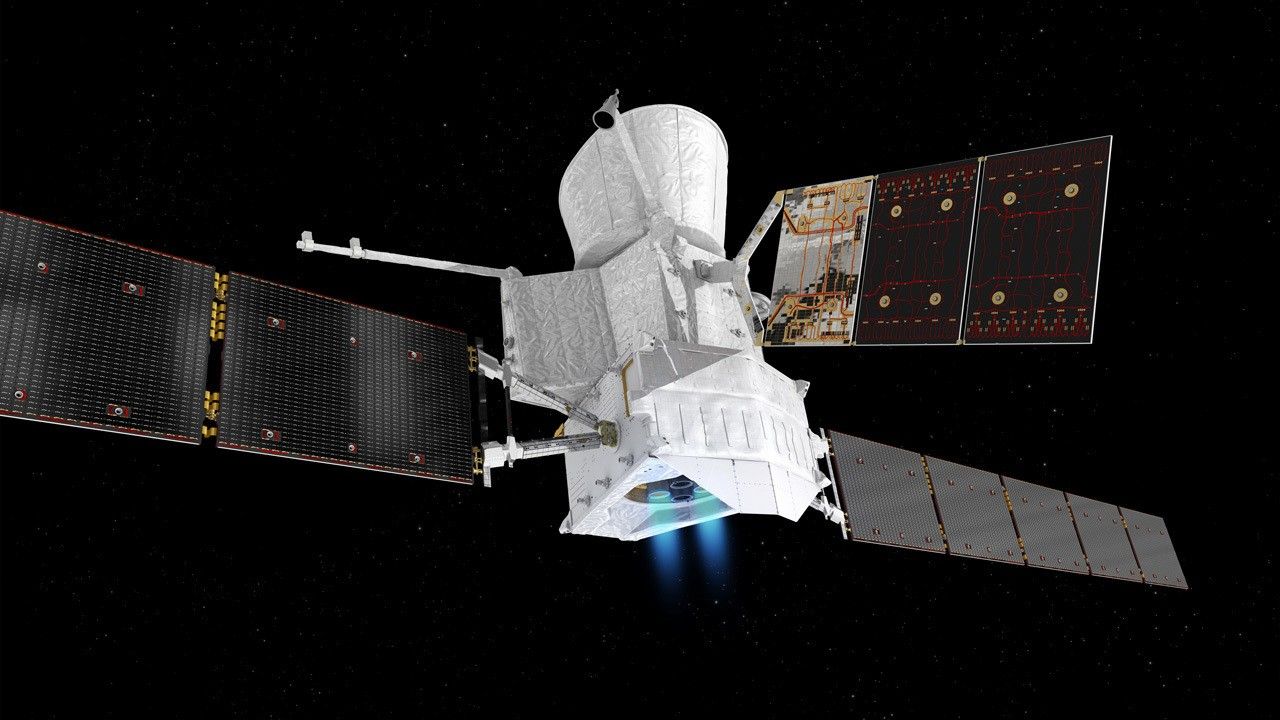
Key Takeaways:
- BepiColombo, a collaborative mission between the European Space Agency and the Japan Aerospace Exploration Agency, launched on October 20, 2018, incorporating two distinct satellites: the Mercury Planetary Orbiter (MPO) and the Mercury Magnetospheric Orbiter (MMO).
- The mission's trajectory utilized gravitational assistance, executing two Venus and six Mercury flybys, with the final Mercury flyby occurring on January 8, 2025, anticipating an arrival in November 2026.
- Upon reaching Mercury, the MPO will investigate the planet's surface, geophysical composition, and its unusually large core.
- Concurrently, the MMO is designated to examine Mercury's magnetic field and its generation mechanisms, a notable area of study given the planet's slow rotation.
BepiColombo, a joint mission of the European Space Agency and the Japan Aerospace Exploration Agency, launched Oct. 20, 2018. The spacecraft is actually two satellites in one, the Mercury Planetary Orbiter (MPO) and the Mercury Magnetospheric Orbiter (MMO), commissioned with investigating one of the least-visited planets in our solar system.
To reach its final position, BepiColombo received assistance from the gravity of the two inner planets, flying by Venus twice and Mercury six times. That sixth flyby of Mercury occurred Jan. 8, 2025, setting the spacecraft up to reach its destination in November 2026. When it arrives, the two orbiters will separate: The MPO will investigate Mercury’s surface and geophysical makeup, particularly its unusually large core. The MMO will examine the planet’s magnetic field and how it’s generated – another unusual feature of Mercury, since its slow rotation suggests its field should not be possible.

